Address
Plot No. - M88, MIDC, Ambad, Nashik - 422010, Maharashtra, India

Plunger Type Metering System Plunger type metering system is principally a positive relegation pump. a particular quantum of fluid is displaced by these pumps in every cycle of operation. repaying stir of the plunger creates pumping action of this plunger type metering system. it's available in varied models as per the client's conditions. Drive end medium and the liquid end medium are the two corridor of this plunger type metering system. For handling colorful chemicals within the entire operation with the help of single motor, it'll be distributed into duplex, simplex or multiple heads. each head will be acclimated singly upon their capacities.
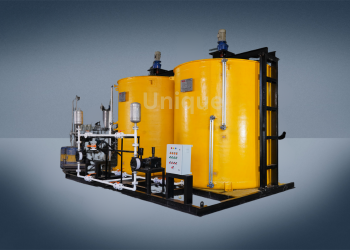
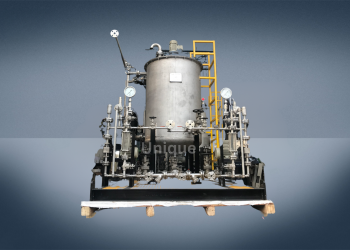
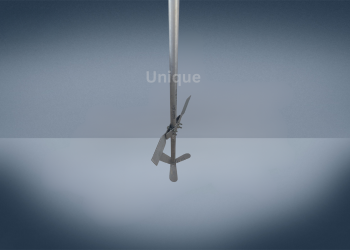
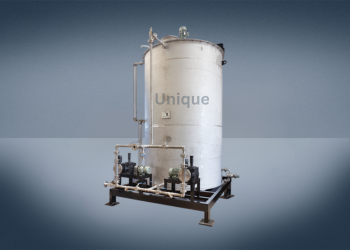
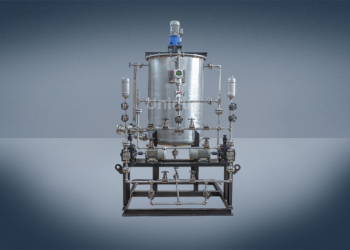
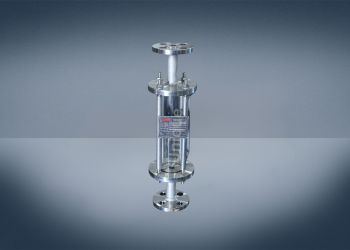
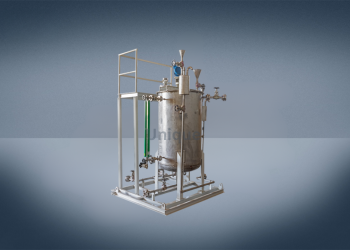
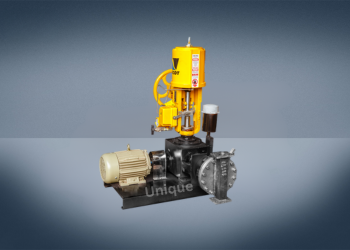

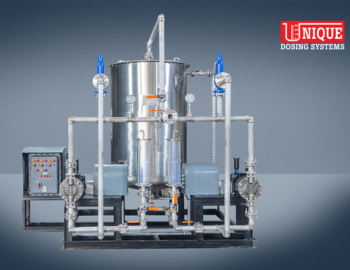
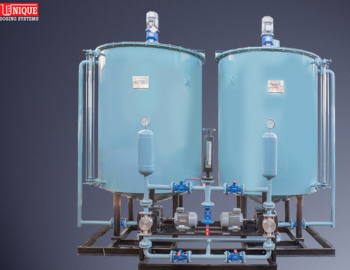

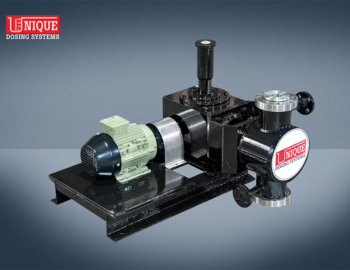
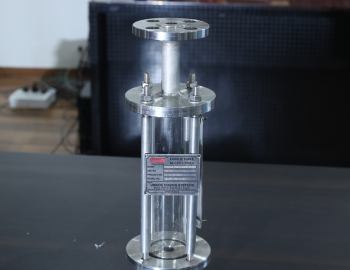
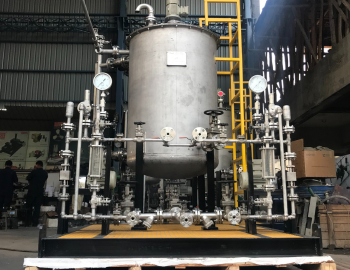

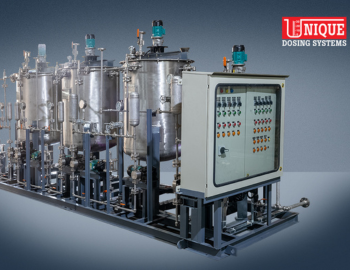
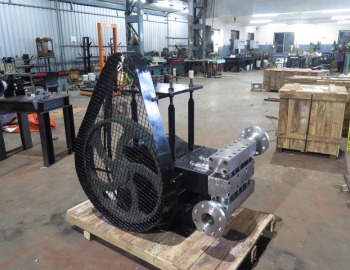

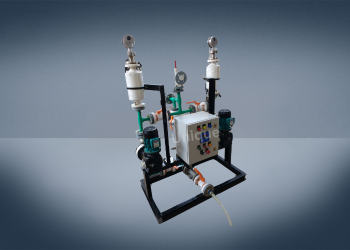
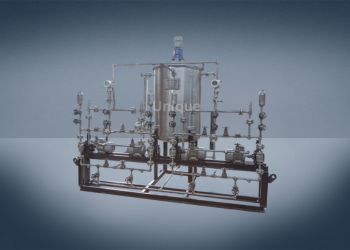

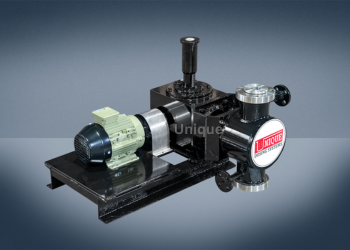




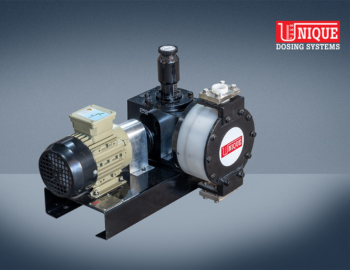
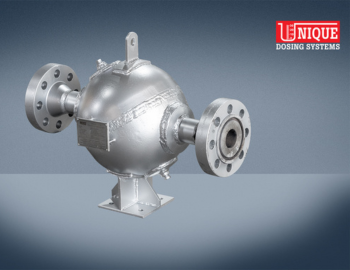
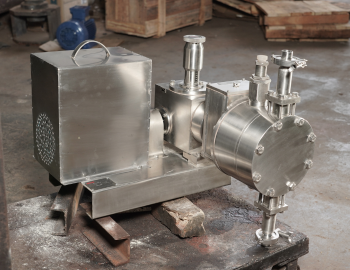


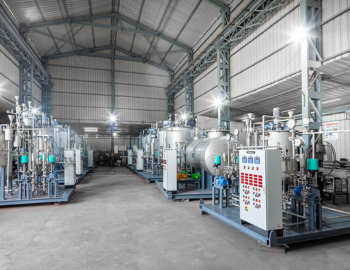
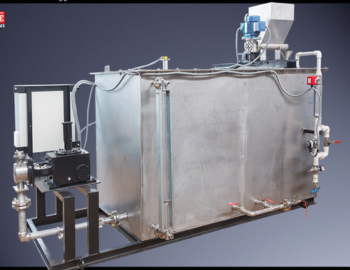
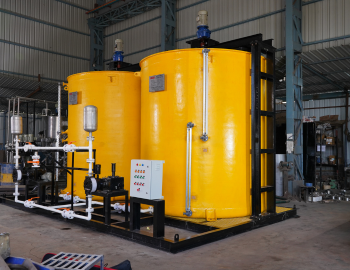
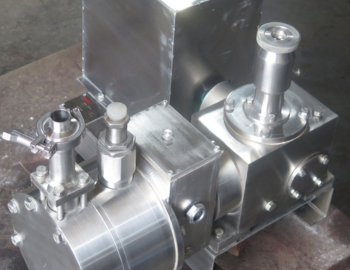
Bring to the table win-win survival strategies to ensure
proactive domination. At the end of the day, going for
ward, a new normal.
+ Country
Satisfied clients
Years experiences
Qualty paramerters